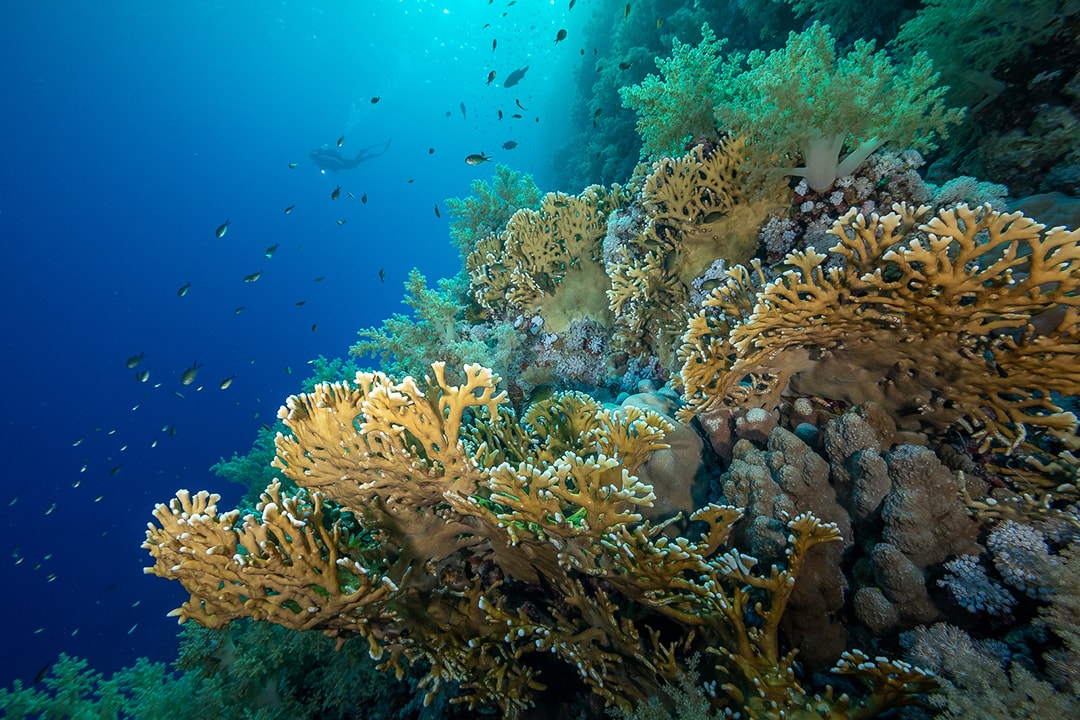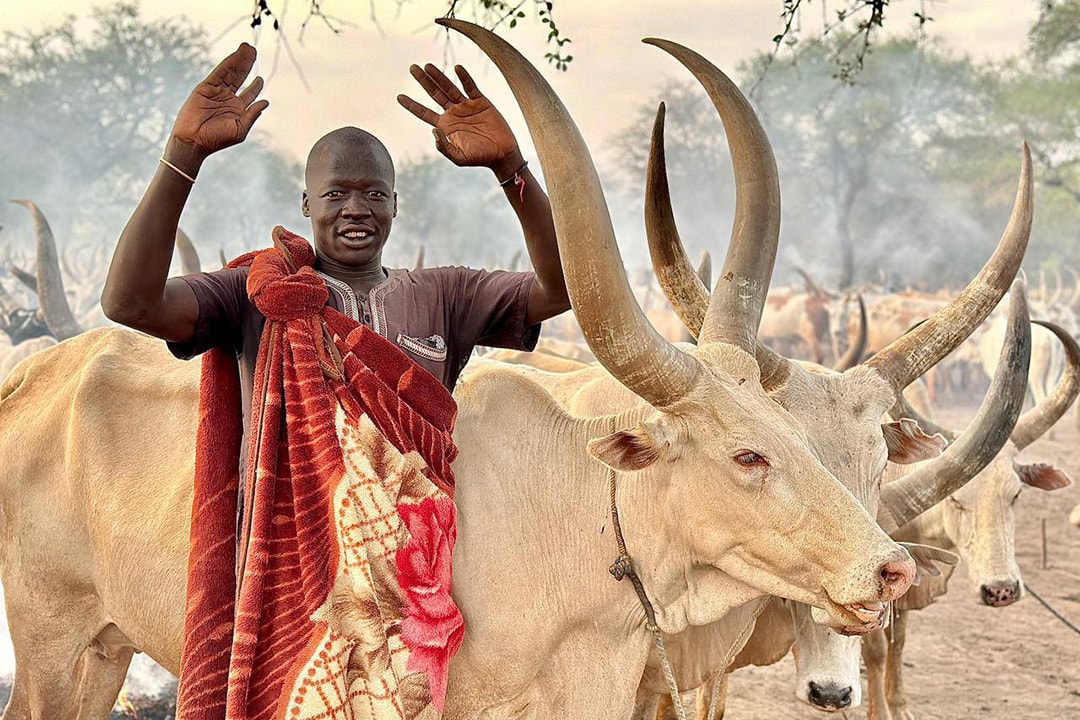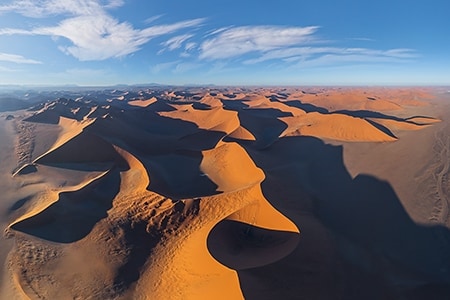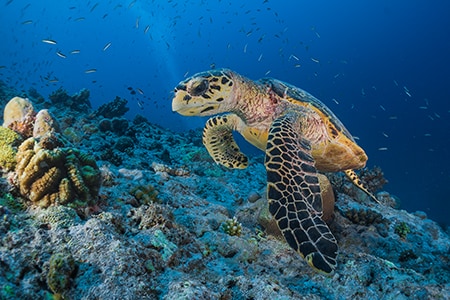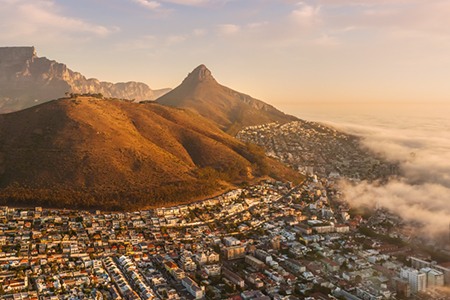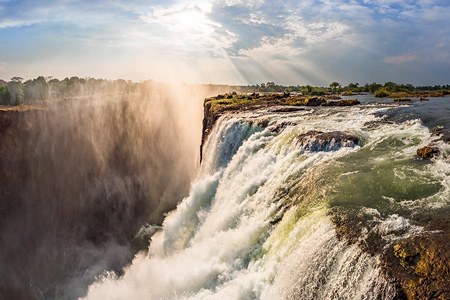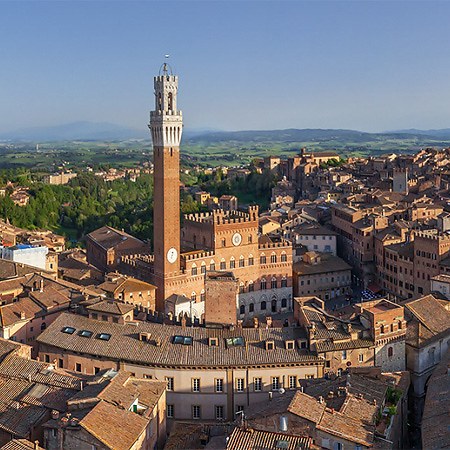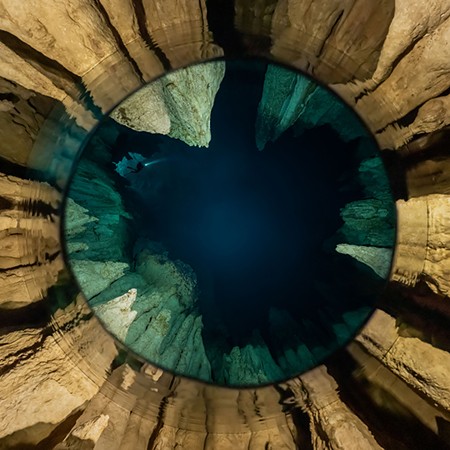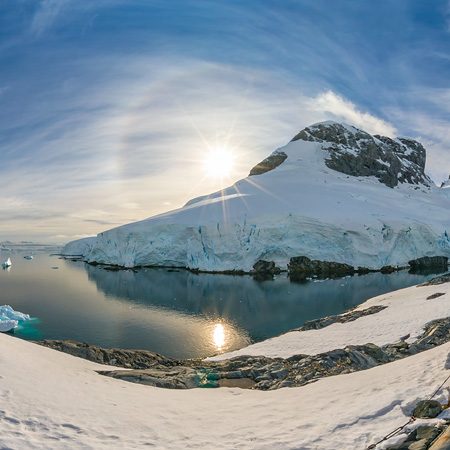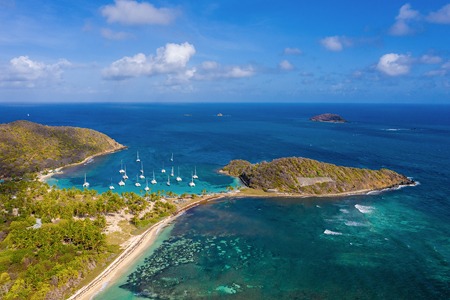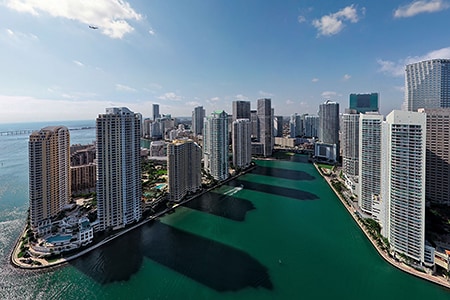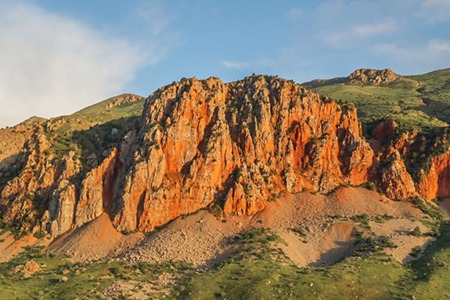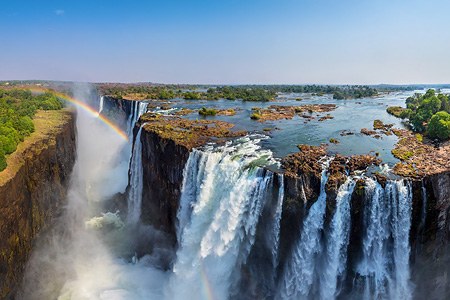Welcome to Morocco
Morocco, a North African country bordering the Atlantic Ocean and Mediterranean Sea, is distinguished by its Berber, Arabian and European cultural influences. The region constituting Morocco has been inhabited since the Paleolithic era over 300,000 years ago.
Throughout the long history of Morocco, the status of the capital belonged to four different cities, in their own turn. Having lost this status twice in the past, now Rabat is the actual capital of the country. The other imperial cities of Morocco are Marrakech, Meknes and Fes. Each of them, having survived the periods of rises and falls, has preserved its architectural and cultural remainders of the glorious past. Another famous city in Morocco is Casablanca.
We invite you to the virtual journey around these beautiful cities.
The biggest city of Morocco is not the capital city of Rabat, as one may think. It is the ancient legendary city of Casablanca. Casablanca also is the largest Atlantic port of the country, one of the most influential trade centers in North Africa, and an important industrial and financial center.

In the 7th and 8th centuries, the area of modern Casablanca was occupied by a small Berber settlement called Anfa, which later became a prosperous trade city. Later on, pirates used Anfa as their base to attack European trade ships. In the middle of the 15th century, the piracy near the coast of Morocco reached such a scale that the Portuguese, who suffered the most from the marine assaults, decided to stop it for good. In 1468 they sent their troops to Anfa; the city was stormed and burned to the ground.
The new settlement built in place of the former Anfa was called Casablanca, which means «white house» in Spanish. In 1755, the city was completely destroyed again, but this time it was because of an earthquake. Since then, Casablanca was in decay for a long period of time, until the French restored it, turning it into a beautiful city with wide avenues, public parks, and buildings created in Moorish style.
The most famous landmark of Casablanca and the entire Morocco is undoubtedly the Hassan II Mosque (or Grande Mosquée Hassan II). This is the second largest mosque in the world after the Sacred Mosque in the city of Mecca. The Hassan II Mosque was built on the Atlantic shore with a spectacular ocean view that can be seen from the giant glass prayer hall that can host up to twenty-five thousand worshipers. Another eighty thousand people can use the outside grounds of the mosque. The total area of the Hassan II Mosque is 9 hectares; the height of the minaret is 210 meters, which makes it the tallest religious structure in the world.

The ancient city of Rabat is located 90 kilometres away from Casablanca on the coast of the Atlantic Ocean. Whilst Casablanca is the largest city and the centre of the economic life of the country, Rabat is its capital and the main point on its political map: the place of the kingdom’s institutions, embassies and the Royal Palace.
The first settlements appeared on this territory in the 3rd century BC, but Rabat began its existence as a city only in 1146 when the Almohad ruler Abd al-Mu'min founded a full-scale fortress on the bank of the river Bou Regreg, which was later used for attacks on Andalusia. The contemporary name was acquired in 1170 initially as Ribatu l-Fath, meaning "stronghold of the victory”.

Rabat witnessed its greatest growth during the reign of Yaqub al-Mansur, the third Almohad Caliph and the grandson of Abd al-Mu'min. In the end of the 12th century, he moved the capital from Marrakesh to Rabat, then built a lot of important constructions starting with the Kasbah of the Udayas. This citadel that has survived till nowadays is the brightest example of the Moorish architecture of that time. Inside the fortress, there are streets of traditional dwelling buildings of white and blue colours. In the northern part, there is an observation point viewing the sea.
Turbulent historical events did not prevent the city from saving its ancient monuments. In addition to the citadel and the minaret, Rabat possesses such an interesting landmark as the Royal Palace of Mohammed VI located in the old part of the city called the Medina. The residence, built in 1864, was created in a traditional Arabic style: it is a long two-storey building of yellow and orange colours with a green roof and small turrets decorated with carved arches, paintings and mosaics. High walls and old cannons standing at the entrance protect the residence from unwelcome visitors; but those who after all can get inside the residence will be able to enjoy the blooming gardens with a fountain inhabited by fish, snakes and turtles.

Ahl Fas mosque, the Royal Family mosque, is located on the Royal Palace square. Every Friday in the afternoon Mohammed VI performs his prayer and people can witness their ruler. In the eastern part of the city, just where the remnants of the Hassan mosque and minaret stand, the mausoleum dedicated to Mohammed V and his sons was built in the 1960s. It is another significant sight of Rabat.

Fes is the most ancient capital of Morocco.
Fes was founded by the offspring of Mohammed — Idris ibn Abdullah. Having escaped to the northern Africa in 784, he decided to create his own state. Thus, on the eastern bank of the river Fes a city appeared and later turned into the heart of the mighty state of Idrisid. The empire had been existing till the end of the 10th century, and now in the modern Morocco Idris I is considered to be the founder of the national statehood.

But unfortunately, he could not fully estimate the scale of the changes he initiated as he was poisoned and died at the age of 46 years. The famous Abbasid Caliph Harun al-Rashid (which ironically had the nickname "Fair") is said to be guilty for the murder. Idris also was not lucky enough to feel the joy of fatherhood, his only son was born two month later after his death. But Idris II turned out to be a dignified successor and, having reached the age of 20 years, founded one more city on the opposite bank of the river. This was the city that got the name Fes and became the capital of the state bearing the same name. Both parts of the city were merged in the 11th century and by the end of 12th century it had become one of the most populous cities of the Islamic world.

Landmarks of Fes will let you get into the history and feel the atmosphere of these legendary places. One of them is Fes El Bali, the medina quarter which is surrounded by a medieval wall and inscribed by UNESCO as a World Heritage Site. There are around 9400 streets and side-streets, this is one of the biggest car-free area in the world. Fronts and doors of many buildings have excellent decorations. The medina is subdivided into different districts, belonging to different social groups: weavers, shoemakers, potters, carpetmakers...

Meknes functioned as the imperial capital only for a short time, between 1673 and 1727, but it was the period of being Morocco's "Versailles". Nowadays it is a UNESCO World Heritage Site and this AirPano virtual tour is focused on this unique place.
The first settlement was founded here in the 8th century under the name Kasbah, "the fortress". Two centuries later, the town was captured by the Berber tribe of Miknasa which gave the place its name. In the 11th century, the Almoravid dynasty turned Meknes into a military settlement. It became the capital of Morocco under the reign of the Alaouite dynasty. One of its sultan, Moulay Ismail Ibn Sharif, turned Meknes into an impressive city with gorgeous buildings, thus making Meknes a genuine architectural wonder.

Like many other ancient cities of Morocco, Meknes is divided into Médina, the historic centre, and a modern part of the city. Wishing to protect the city from the Berbers, Moulay Ismail Ibn Sharif ordered to surround Médina with a wall of 10 km in length. The gate erected in this wall, Bab al-Mansour, is considered the most beautiful gate in Morocco.
El Hedim Square is the heart of Médina. In the days of the legendary sultan, it was used as the site for the announcement of Amiri decrees and public executions. Now it is a popular recreational place for citizens and tourists.

Another square of the historical part of the city is Place Lalla Aouda that is famous for its large royal mosque: here is the mausoleum of Moulay Ismail Ibn Sharif. The ruler initially planned to build it while he was still alive and invited the best craftsmen to make it. That's how this building became not only a tomb but a remarkable example of Islamic architecture and design. The courtyard is decorated with mosaics, carvings and fountains; the floor is covered by sumptuous carpets and at the back of the hall you can find the genealogical tree of the Alaouite dynasty. The mausoleum is a rare sacred place in Morocco that is open for all people regardless of their religion.
These and many other pieces of evidence of the past were united by UNESCO into one site as the Historic City of Meknes.

Once in Morocco, we also couldn't miss the opportunity to visit some natural areas, and in Africa, it is the desert. In the south-east of the country, there is Erg Chebbi, one of the two largest ergs in Sahara.

Erg is the Arabic word for huge dune fields in northern Africa. It is the area of dunes and barchans with little or no vegetative cover. Erg Chebbi spans an area of 22 kilometres from north to south and 5 kilometres from east to west. It has found itself amidst a flat rocky desert with its sand constantly moving. Smaller dunes migrate along the flanks of the larger dunes and sand ridges, some of them are getting 150 meters tall! Colourful accumulations of bright orange sand are extremely beautiful.
Our sincere thanks go to Dinyar Alyautdinov - attache of General Consulate of the Russian Federation in Casablanca, Morocco, who helped us to obtain permits and provided invaluable moral support during our photo expedition to Morocco in 2014.
Photos by Stanislav Sedov and Sergey Shandin
28 March 2024
Read more
Photogallery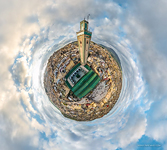 Mosque Rcif #4
Mosque Rcif #4
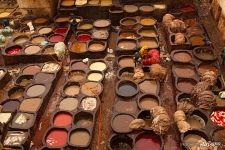 Chouara tannery #6
Chouara tannery #6
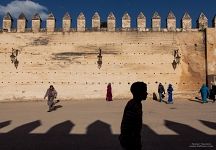 Fes citizens
Fes citizens
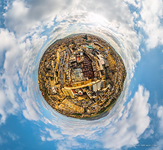 Chouara tannery. Planet #2
Chouara tannery. Planet #2
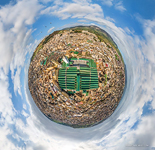 Planet of the al-Karaouine
Planet of the al-Karaouine
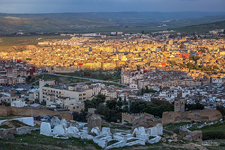 Medina at sunset
Medina at sunset
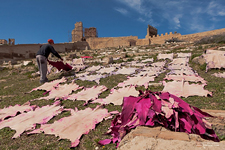 Drying of dyed skins
Drying of dyed skins
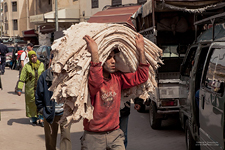 A stage of leather production
A stage of leather production
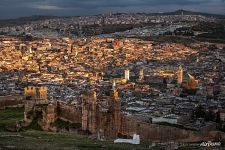 The first rays of the sun in the old town
The first rays of the sun in the old town
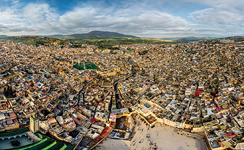 Bird's eye view of Fes #4
Bird's eye view of Fes #4
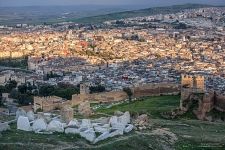 Fes
Fes
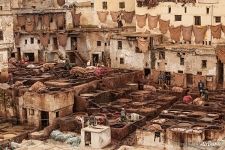 Chouara tannery #4
Chouara tannery #4

